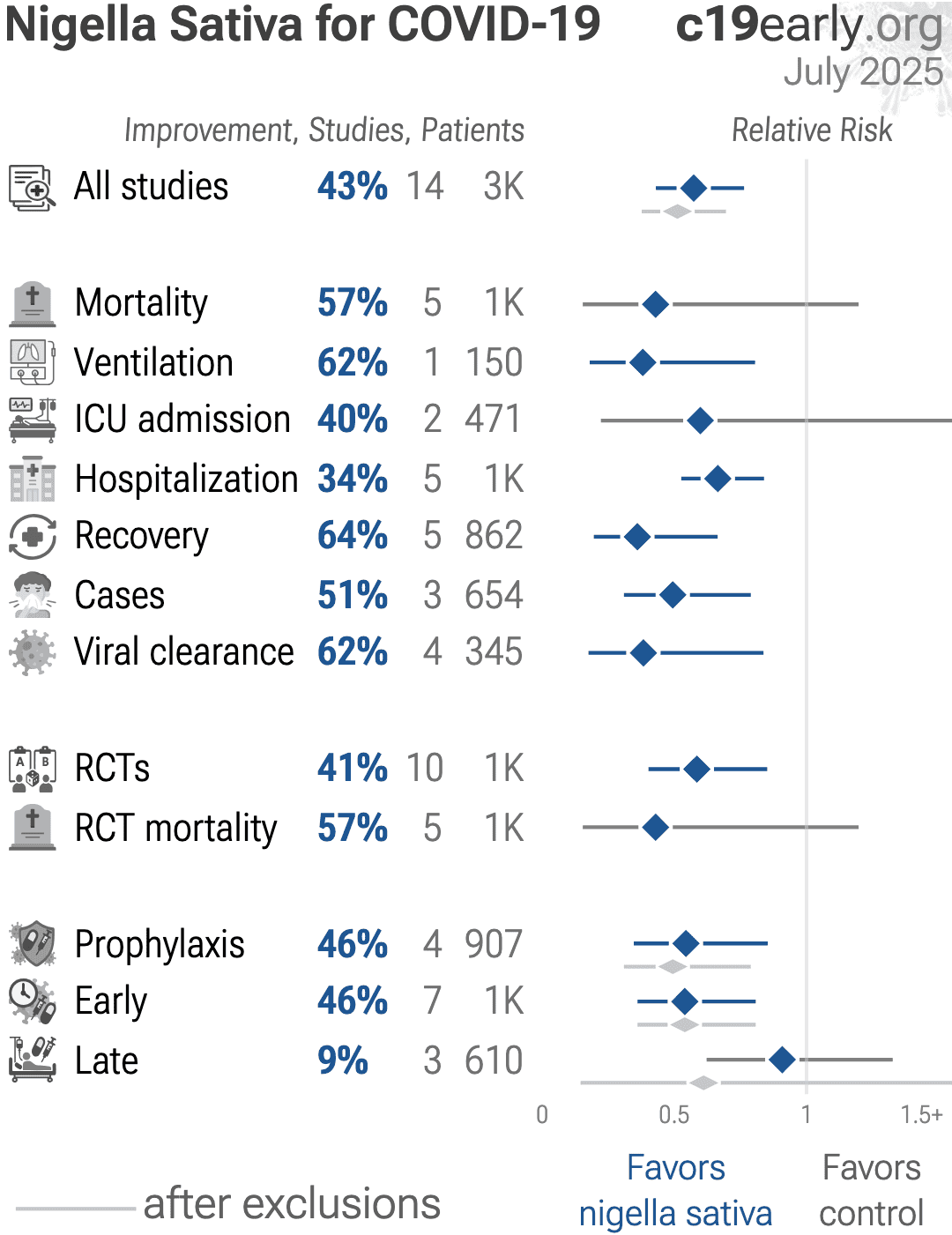The date of Easter Sunday is a topic that has intrigued theologians, historians, and lay Christians alike. Its shifting calendar spot results from a complex interplay of historical precedent, celestial events, and ecclesiastical decisions. This article endeavors to elucidate the multifaceted nature of determining Easter’s date, illuminating the theological implications and cultural significance embedded within this pivotal event in the Christian liturgical calendar.
At its core, Easter commemorates the resurrection of Jesus Christ, a cornerstone of the Christian faith. However, unlike fixed holidays such as Christmas, which occurs on December 25, Easter does not have a consistent date. Instead, it can fall anywhere between March 22 and April 25, depending on a variety of factors.
The primary determinant of Easter’s date hinges on the lunar cycle, following the ancient Jewish calendar. The Council of Nicaea, convened in 325 AD, established the formula still used today. It decreed that Easter is celebrated on the first Sunday following the first full moon after the vernal equinox. The chosen date for the equinox is standardized on March 21, regardless of the actual astronomical event, which introduces an element of approximation.
This system reflects the Jewish Passover, as the resurrection is intrinsically linked to Jesus’ crucifixion, which occurred shortly after Passover. The intertwining of these dates serves to highlight the continuity between Old and New Testament narratives, demonstrating the fulfillment of prophecy and the establishment of a new covenant.
As we delve deeper into the ecclesiastical calendar, it is essential to consider the ecclesiastical approximation of the full moon. Astronomically, the full moon may vary; however, for the purposes of calculating Easter, a set of ecclesiastical rules applies. This has relevance beyond mere calculation; it underscores the church’s authority in defining sacred time and seasons.
The implications of this lunar dependency extend to the liturgical practices. The weeks preceding Easter serve as a period of penance known as Lent, a journey of spiritual preparation that lasts for 40 days, signifying the time Jesus spent fasting in the desert. The commencement of Lent is intricately tied to Easter’s date, beginning on Ash Wednesday, which serves as the leading into this solemn observance.
Moreover, variations in observance can arise across different Christian denominations. The Western churches, primarily Roman Catholic and Protestant, adhere to the Gregorian calendar, while Eastern Orthodox churches utilize the Julian calendar. Consequently, the date of Easter may diverge significantly; for instance, the Western celebration might fall on April 4, while the Orthodox might celebrate on May 2 in a given year. This divergence illustrates not only a liturgical difference but also a deep-seated cultural heritage that influences regional practices and theological emphasis.
Another fascinating aspect of the date of Easter is the philosophical discourse surrounding its fixed notion of time. The cyclical time exemplified by the lunar phases resonates deeply within Christian theology. It serves as a reminder of renewal and resurrection—a perpetual invitation to followers to engage in self-examination and rebirth in faith.
Through the ages, various attempts have been made to synchronize these differing calendars. The introduction of the Gregorian calendar by Pope Gregory XIII in 1582 sought to correct discrepancies in the Julian calendar. Although it enhanced calendar accuracy, it also reinforced the schism in Easter observance, leaving many Eastern churches steadfast in their traditions, thus complicating any unifying agenda.
The broader cultural impact of Easter further complicates its date. Each year, Christians around the globe unite in diverse celebrations, reflecting a tapestry of traditions, culinary practices, and regional variations. In countries such as Spain and Italy, elaborate processions mark the Holy Week. In the United States, symbolic rituals may include Easter egg hunts and sunrise services, illustrating a blend of religious and cultural observance.
Additionally, the determination of Easter’s date invites theological reflection on the nature of time and divinity. Many theologians argue that the fluidity of Easter is emblematic of God’s dynamic relationship with humanity. It reinforces the idea that while divine events may be anchored in historical fact, their implications extend far beyond temporal confines, demanding a deeper engagement with the mysteries of faith.
In conclusion, the date of Easter Sunday is not merely a question of calendrical calculation; it embodies a rich intersection of tradition, theology, and culture. The shifting calendar spot serves as a reminder of the intertwining of history and faith, root of doctrinal divergence, and an annual invitation to all Christians to reflect upon the mystery of resurrection. As believers engage with the various dimensions of Easter, they participate in a time-honored tradition that transcends generations, cultures, and continents, affirming the core tenets of the faith: hope, renewal, and love.



